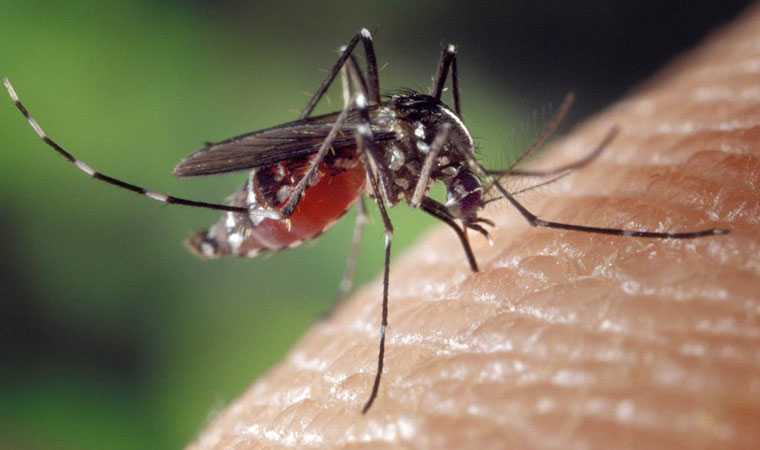
Rosatom technologies against Zika fever
back to contentsInitially found in monkeys, Zika fever is an acute infectious disease sometimes transmitted to man via the bite of mosquitoes. The infected person might develop mild fever symptoms, but the virus is more dangerous to pregnant women as it affects a baby and causes microcephaly associated with severe brain injury. Since last April Zika fever has spread across Brazil and other Latin American countries and grown into an epidemic. By early December Brazil had registered half a million Zika cases. And all this is happening while the country is preparing to host the Summer Olympics…
The International Atomic Energy Agency (IAEA) suggested sterilizing Zika-carrying mosquitoes to curb the virus spread. Male insects are suggested to be exposed to ultraviolet or gamma rays to make their sperm infertile and then released into the wild. After mating with sterile males, females will lay eggs that produce no larvae.
According to the IAEA, the plans are to meet Brazilian authorities to discuss the application of this technique. “If Brazil releases a huge number of sterile males, it will take a few months to reduce the population, but it has to be combined with other methods, too,” IAEA Deputy Director General Aldo Malavasi said.
Radiation technologies may prove effective in fighting Zika fever. Russia is ready to provide Brazilian health care services with all the equipment needed, says NIITFA Director Alexander Egorkin.
“The method that may help to defeat the Zika virus spread by mosquitoes is called the sterile insect technique (SIT). To apply this technique, mass-reared or captured insects are exposed to a preset dosage of radiation from 50 to 200 Gy and released into the species habitat,” Egorkin explained.
According to him, males sterilized by radiation are infertile – females that mate with sterile males lay eggs that do not produce larvae. Therefore, the population of Zika vectors will reduce gradually. Egorkin also noted that SIT had been successful in slashing the population of other insects such as fruit fly, tsetse fly, boll weevil, Mediterranean fruit fly and screwworm fly. “Elimination of screwworms was by the way a starting point in the SIT history. Back in 1952, males of screwworm flies or Cochliomyia hominivorax, a species causing severe damage to cattle herds, were sterilized and released on the Florida coast. Two years later the SIT application was repeated on the island of Curaçao near the Venezuelan coast. According to the IAEA, the radiation treatment in Italy and China showed a mosquito population reduction by 80% and 100% respectively,” Egorkin said.
According to him, the scientific community recognizes success of the method. “Compared with the chemical sterilization through insecticides, the radiation-induced sterility method has obvious advantages. It is harmless to humans, animals and the environment, eradicates the vector population much faster, and produces no resistant generations. In a number of cases, however, the best results are achieved through the radiation and chemical treatments combined. In the end, the treated population cannot recover and can eventually be eradicated forever,” the expert added.
Alexander Egorkin believes that, taking into account mosquitoes’ lifespan of about a month, Brazil stands a good chance of completing the radiation treatment of insects before Olympics 2016. “The most difficult is to get field-collected mosquitoes. The insects should be either captured in the habitat where they are swarming or mass-reared,” he pointed out.
Russia had a track record in the radiation sterilization of insects back in the Soviet times. “Russian physicists have all the equipment needed and may well be regarded radiation treatment experts,” Egorkin said. “Upon request we may supply shielded gamma and X-ray equipment, including mobile machines.”




